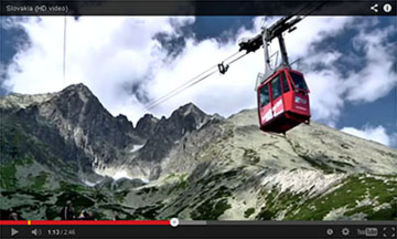The centre of the Danubeland, the town of KOMÁRNO (population 36,800) lies on the confluence of the Váh and Dunaj. It is one of the oldest towns in Slovakia. The medieval town lived its greatest prosperity in the 15th century when the rulers and court of Kingdom of Hungary frequently stayed in Komárno.
KOMÁRNO (population 36,800) is widely known as a town with rich cultural and social life. Every two years in April International Competition of Singers of F. Lehár, as well as the Lehár Festival staging musicals are held in the town. The water sports area and boathouse is next to the dead arm of the Váh. The visitors to the town are attracted by its thermal swimming pool. It exploits two hot springs with water temperature of 37 degrees of Celsius.
HISTORY
The castle of Komárno became the main supporting point of the defensive system constructed against the Turks, after they occupied Buda and Esztergom in the years 1541-1543. The fort of Komárno is the largest bastion fortification in Central Europe. It originated in the years 1546-1557 by reconstruction of the 13th century castle.
Komárno obtained the privileges of free royal borough from Empress Maria Theresa in 1745.The production of ships has developed in Komárno and the produce of this town is respected now by experts all over the world. Komárno is the seat of the greatest producer of river boats in central Europe and its port is one of the biggest as well.
MONUMENTS
You can start sightseeing in Komárno at the centre near the former Zichy Palace, which is one of the dominant features of the Námestie gen. J. Klapku square. The palace was restored in 1989 and one part serves as the Museum of Danubeland. Another secular monument situated in the square is the Neo-Renaissance town hall.
The Courtyard of Europe is the name of a unique project of the architects grouped in the studio Europa in Komárno. It is in fact the intention, now implemented, to build historic architecture typical for the individual regions of Europe in a styled form on a new square of Komárno. The common elements of the Courtyard of Europe and the historic core are the historic gates, each of which bears the name of one Hungarian ruler.
Source: Vydavateľstvo Dajama








